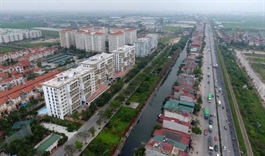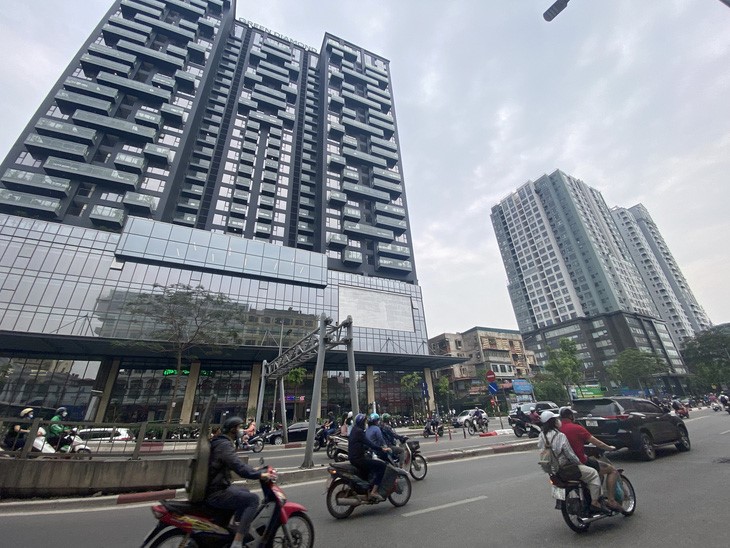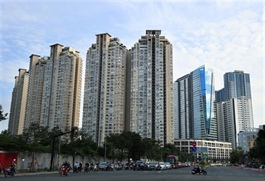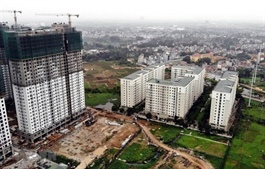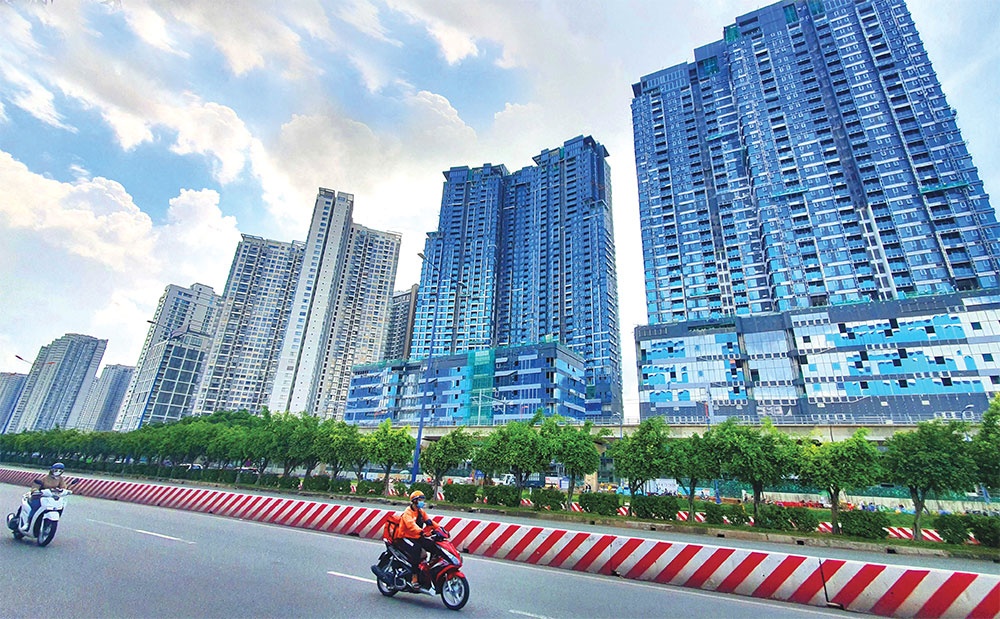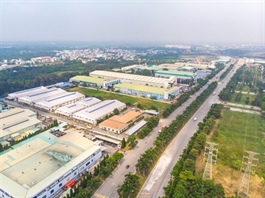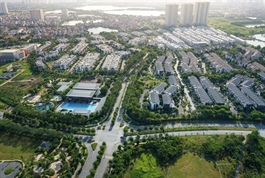Credit disbursement delays affect social housing plans
Credit disbursement delays affect social housing plans
The Ministry of Construction (MoC) has sent a report to the prime minister on the disbursement of a VND12 trillion ($508 million) credit package for a social housing development initiative. It has also assigned the Department of Construction to make lists of projects in various localities to submit to the relevant local people's committees for public announcement.
The MoC reports that it has just received a list of 16 social housing projects, from Binh Dinh, Phu Tho, Danang, Tra Vinh, and Bac Giang, with demands for loans as part of the credit package.
The ministry said that many projects are still in the process of completing investment procedures, leading to the slow disbursement of funds. At present, approximately 100 social housing and housing projects for workers are licensed, but localities have yet to publish the portfolios, so commercial banks are unable to provide loans.
Meanwhile, Nguyen Xuan Bac, deputy director general of the Department of Credit for Economic Sectors under the State Bank of Vietnam, said that one of the barriers to disbursement was the limited supply of projects.
He said that the criteria for identifying selling prices and conducting purchases were complicated, and the policies and mechanisms to draw investment to social housing were not attractive, leaving developers disinterested. It also takes a long time to select investors and allocate land funds for social housing projects.
The slow disbursement of the credit package will limit hope for the recovery of the construction material sector, where there is currently an oversupply of cement, tiles, and glass, a situation that the Ministry of Construction has listed as worthy of concern.
According to the Vietnam Cement Association (VCA), the domestic consumption has slowed, increasing competition among Vietnamese producers. In the first five months of 2023, the demand for cement and clinker continued to decline, falling to about 37.4 million tonnes, while input costs for the industry increased along with energy prices.
Meanwhile, the Vietnam Steel Association (VSA) recorded a sharp decrease in steel production and consumption in the first four months of the year. Crude steel production fell to below six million tonnes, down 22 per cent on-year. Steel consumption for the same period was slightly over six million tonnes, down 18 per cent, while the export volume of crude steel reached 518,000 tonnes, down 78 per cent on-year.
For construction steel, production capacity in the first four months was 3.44 million tonnes, down 26.4 per cent, and consumption reached 3.36 million tonnes, down 26 per cent on year.
According to the VSA, many businesses have tried to introduce new products to the market to satisfy consumer tastes and increase competitiveness by adopting new technologies. Moreover, they also have access to preferential government policies.
Luong Duc Long, general secretary of the VCA, said that earlier this year, the National Assembly approved a large capital investment in public construction. Many large-scale public projects have kicked off, which are expected to improve construction material sales, but, according to Long, the disbursement of such public investment needs to be faster and more far-reaching than last year.
“The construction of housing projects and public infrastructure plays an important role in the consumption of cement. In the first half of this year, cement consumption decreased by nearly 20 per cent on-year. Thus, the disbursement of the $508 million credit package for social housing development will be a boon for the construction material sector," Long said.
"However, to help the disbursement go more smoothly, one of the most important requirements is to simplify procedures for loans. Besides this, authorities need to accelerate land allocation plans,” he added.
Launched in April, the scheme was initiated by the central bank following reports from different ministries and branches that Vietnam was seriously lacking social housing products and housing for factory workers. The initiative aims to build at least one million social housing apartments for low-income earners and industrial zone workers between 2021 and 2030.




